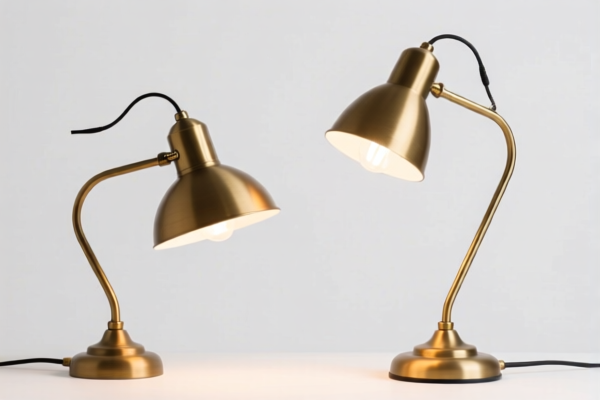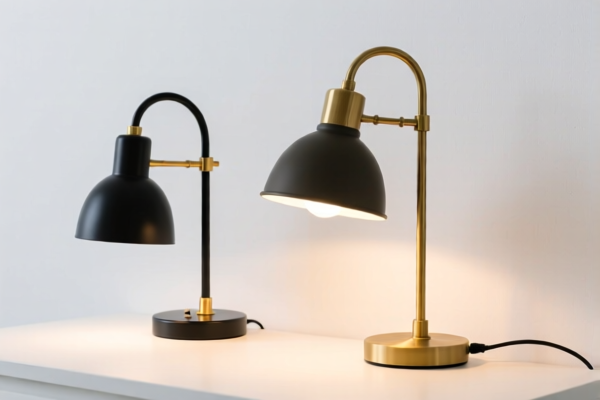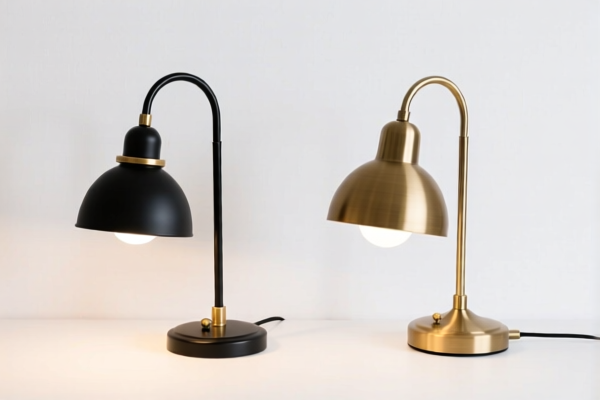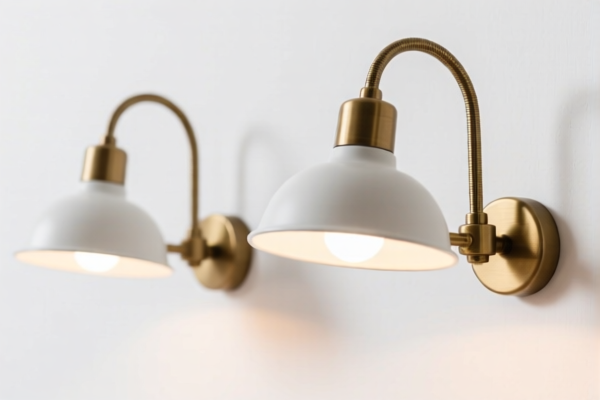| HS Code | Official Doc | Tariff Rate | Origin | Destination | Effective Date |
|---|---|---|---|---|---|
| 8310000000 | Doc | 55.0% | CN | US | 2025-05-12 |
| 8310000000 | Doc | 55.0% | CN | US | 2025-05-12 |
| 9405994090 | Doc | 86.0% | CN | US | 2025-05-12 |
| 9405416000 | Doc | 61.0% | CN | US | 2025-05-12 |
| 8304000000 | Doc | 33.9% | CN | US | 2025-05-12 |
| 8304000000 | Doc | 33.9% | CN | US | 2025-05-12 |
| 9403999061 | Doc | 55.0% | CN | US | 2025-05-12 |
| 8512909000 | Doc | 57.5% | CN | US | 2025-05-12 |
| 8512204080 | Doc | 57.5% | CN | US | 2025-05-12 |
| 8539293060 | Doc | 37.5% | CN | US | 2025-05-12 |
| 8539900000 | Doc | 57.6% | CN | US | 2025-05-12 |
| 9006990000 | Doc | 41.4% | CN | US | 2025-05-12 |
| 8548000000 | Doc | 55.0% | CN | US | 2025-05-12 |




Reptile Heat Lamp Holder
A reptile heat lamp holder is a device designed to securely hold a heat lamp used to provide warmth for reptiles in vivariums, terrariums, or other enclosures. These holders are essential for maintaining appropriate temperatures for reptiles, as they require external heat sources to regulate their body temperature.
Material
Heat lamp holders are typically constructed from materials with high heat resistance and durability. Common materials include:
- Ceramic: Highly resistant to heat and corrosion, suitable for high-wattage lamps. Often used in dome-style holders.
- Metal (Steel, Aluminum): Provides good heat dissipation and strength. Frequently used for clamp-style holders and adjustable stands.
- Plastic (High-Temperature Resistant): Used for some components, particularly the base or switch housings, but must be specifically designed for high-temperature applications to avoid melting or deformation.
Purpose
The primary purpose of a reptile heat lamp holder is to:
- Securely hold the heat lamp: Prevents accidental contact with the lamp, reducing the risk of burns or fire.
- Position the lamp for optimal heating: Allows for directed warmth towards basking spots or specific areas within the enclosure.
- Provide electrical safety: Insulates the electrical components and prevents short circuits.
Function
Heat lamp holders function by:
- Providing a socket for the heat lamp: The socket is designed to accept standard screw-based heat lamp bulbs (typically E26/E27 base).
- Containing a protective guard: Many holders include a wire or metal mesh guard to prevent the reptile from directly contacting the hot bulb.
- Offering adjustable positioning: Some holders feature adjustable stands or clamps to allow for precise positioning of the heat source.
- Managing electrical connections: Includes a power cord with a plug and often an on/off switch for convenient control.
Usage Scenarios
- Vivarium/Terrarium Setup: Used in glass or plastic enclosures to provide a basking spot for reptiles like lizards, snakes, and turtles.
- Breeding Enclosures: Maintaining optimal temperatures for egg incubation or hatchling development.
- Quarantine/Hospital Enclosures: Providing supplemental heat for sick or recovering reptiles.
- Temporary Housing: Providing warmth during transport or temporary relocation.
Common Types
- Dome-Style Holders: Enclose the lamp within a ceramic or metal dome, providing focused heat and protection. Often used with ceramic heat emitters or basking bulbs.
- Clamp-Style Holders: Feature a clamp that attaches to the side of the enclosure, allowing for flexible positioning. Commonly used with basking bulbs.
- Stand-Style Holders: Include a base and adjustable stand, providing a stable and adjustable heat source. Suitable for larger enclosures or when a clamp is not suitable.
- Multiple-Lamp Holders: Designed to hold multiple heat lamps, providing more extensive heating coverage.
- Dimmer-Switch Holders: Include a dimmer switch to control the intensity of the heat output. Useful for regulating temperature and providing a natural temperature gradient.
Based on the provided information, the following HS codes may be relevant to “reptile heat lamp holder”:
-
8539293060: This code covers “Other filament lamps, excluding ultraviolet or infrared lamps: Other: Designed for a voltage not exceeding
100 V: Other Other: Other”. This could apply if the holder is integrated with a filament lamp designed for reptile heating and operates at or below 100V.- Chapter 85: Electrical and electronic equipment.
- Heading 8539: Electrical filament or discharge lamps, including sealed beam lamp units and ultraviolet or infrared lamps; arc lamps; light-emitting diode (LED) light sources; parts thereof.
- Subheading 853929: Other filament lamps, excluding ultraviolet or infrared lamps.
- Subheading 85392930: Other: Designed for a voltage not exceeding
100 V: Other Other.
-
8539900000: This code covers “Parts”. If the reptile heat lamp holder is solely a component or part of a larger lighting system, this code may be applicable.
- Chapter 85: Electrical and electronic equipment.
- Heading 8539: Electrical filament or discharge lamps, including sealed beam lamp units and ultraviolet or infrared lamps; arc lamps; light-emitting diode (LED) light sources; parts thereof.
- Subheading 853990: Parts.
-
8548000000: This code covers “Electrical parts of machinery or apparatus, not specified or included elsewhere in this chapter”. If the holder is considered an electrical component of a reptile heating apparatus and isn’t specifically covered by other codes, this may be relevant.
- Chapter 85: Electrical and electronic equipment.
- Heading 8548: Electrical parts of machinery or apparatus, not specified or included elsewhere in this chapter.
-
8512909000: This code covers “Parts: Other”. If the reptile heat lamp holder is a part of electrical lighting or signaling equipment used for cycles or motor vehicles, this code may be applicable.
- Chapter 85: Electrical and electronic equipment.
- Heading 8512: Electrical lighting or signaling equipment (excluding articles of heading 8539), windshield wipers, defrosters and demisters, of a kind used for cycles or motor vehicles; parts thereof.
- Subheading 851290: Parts.
- Subheading 85129090: Other.
Regarding HS code 8539900000, please note that it simply covers "Parts" and requires further clarification of the specific component's function and integration within the overall system.
Customer Reviews
No reviews yet.